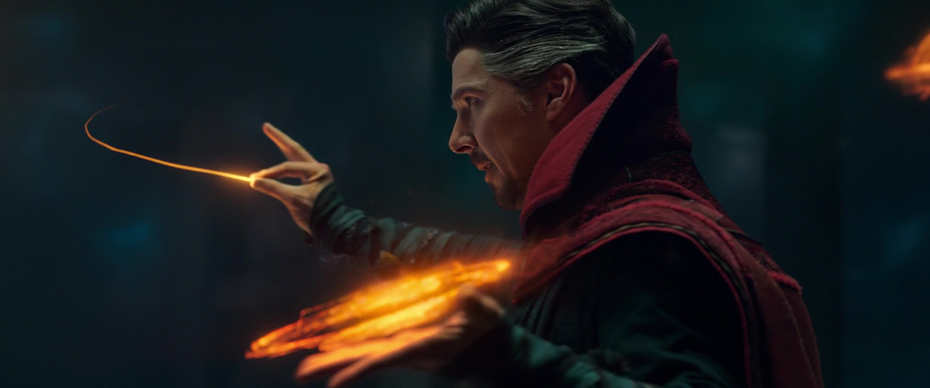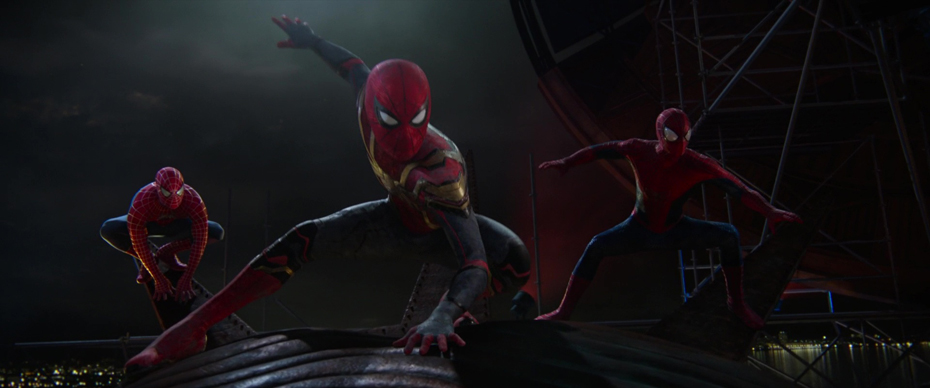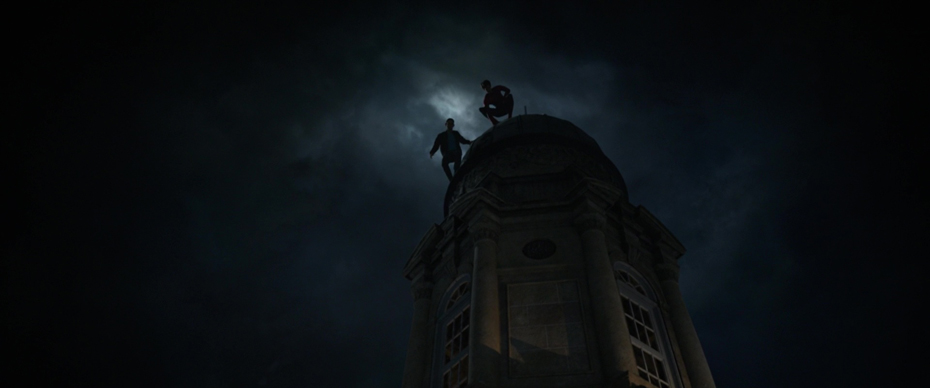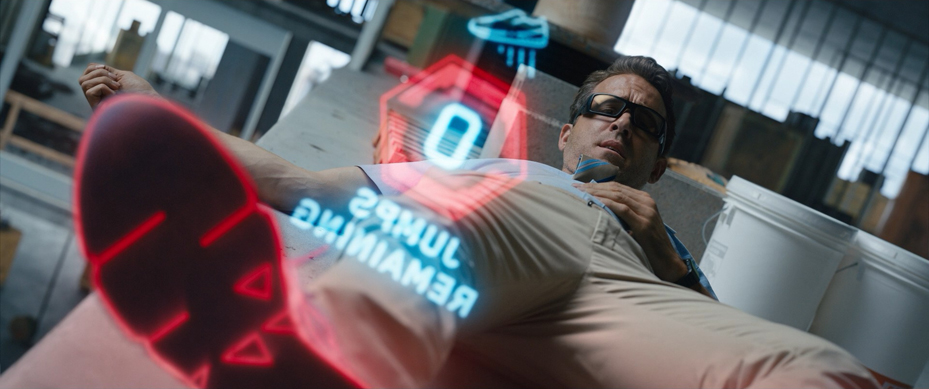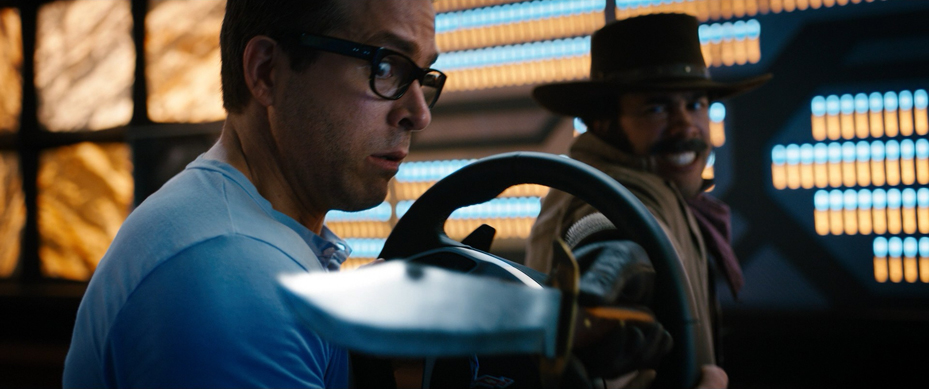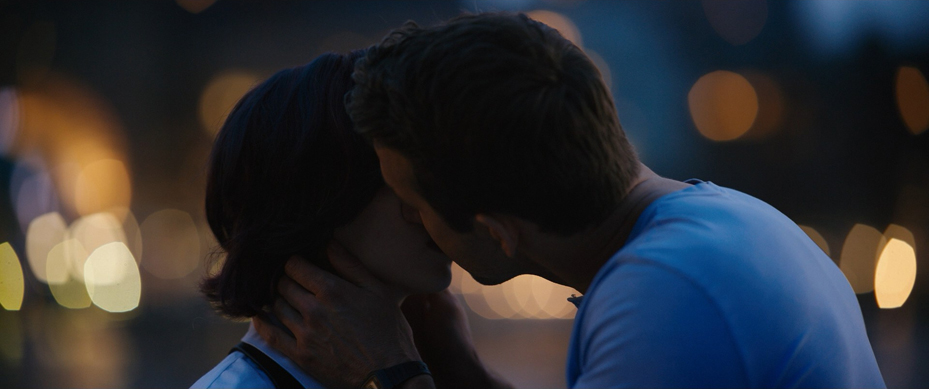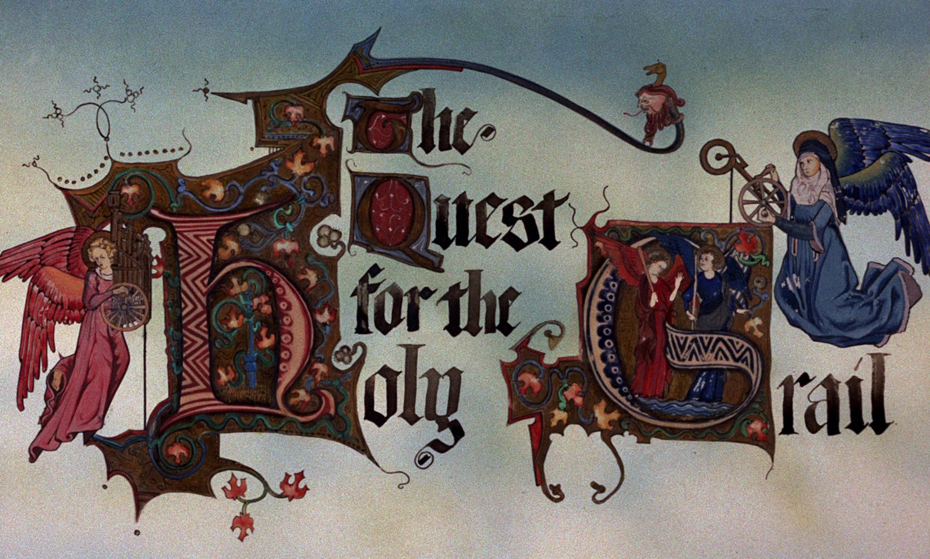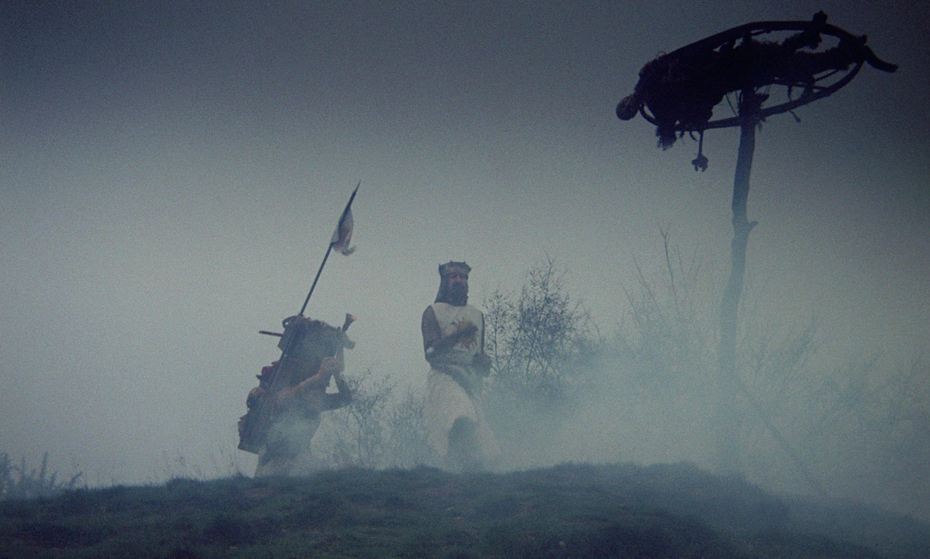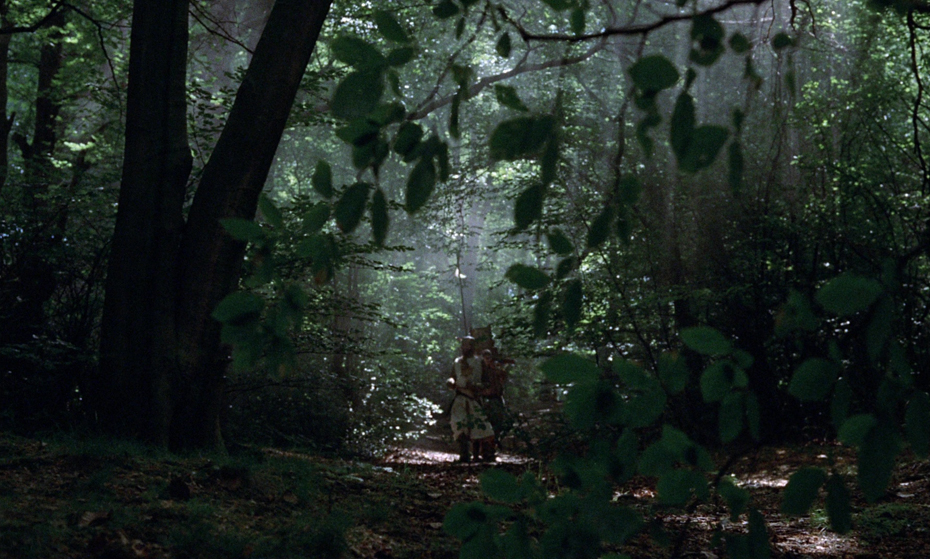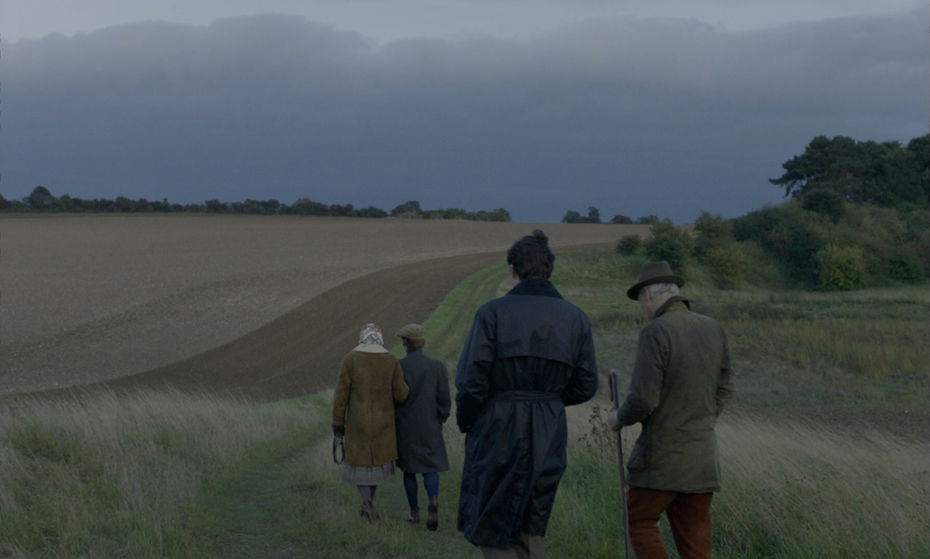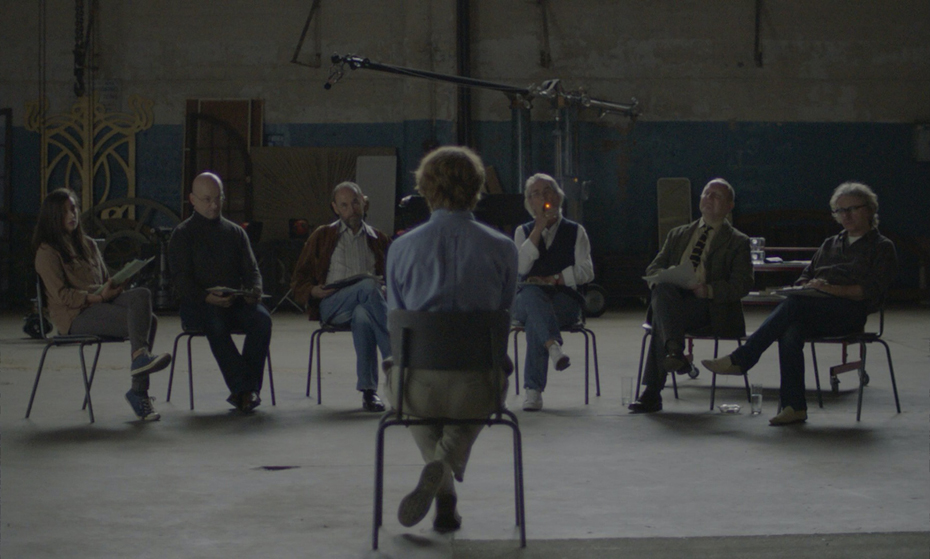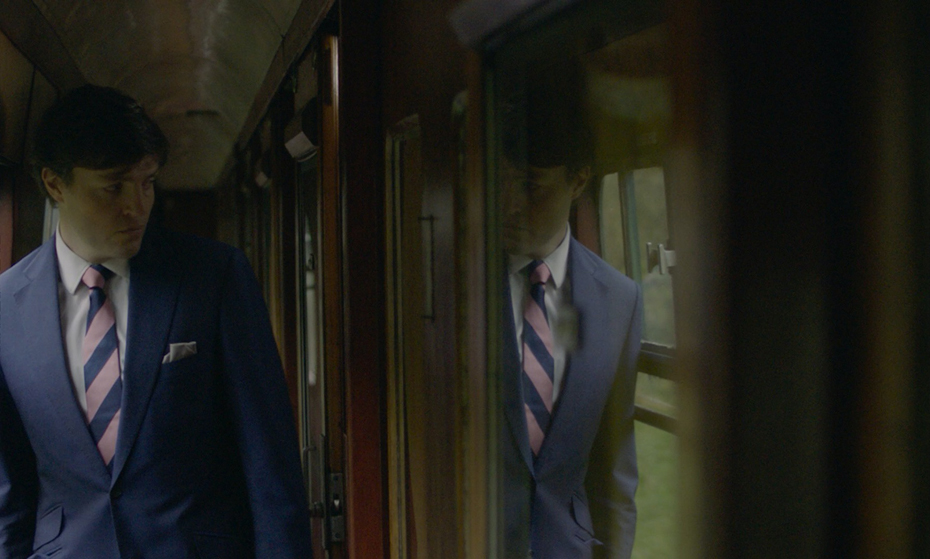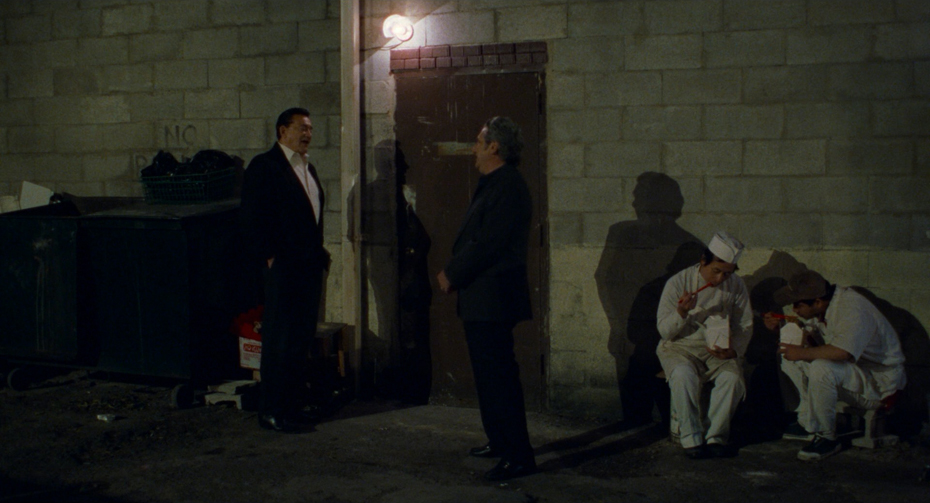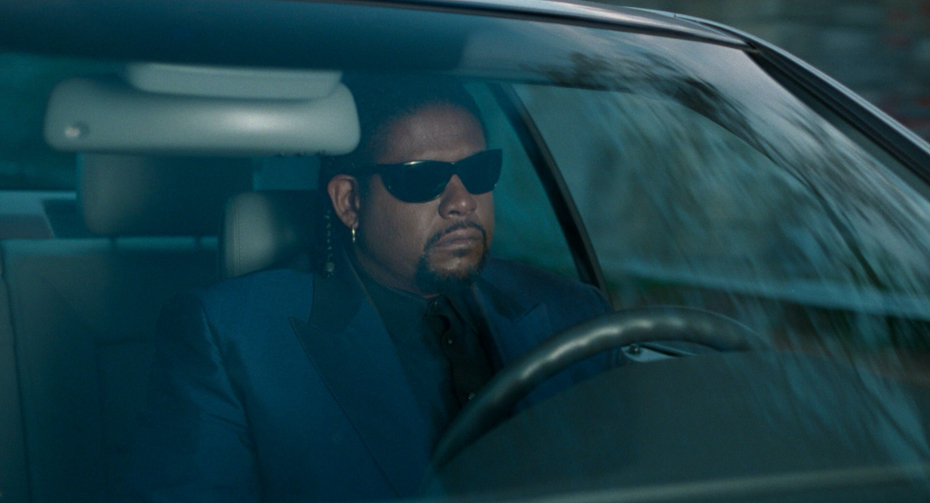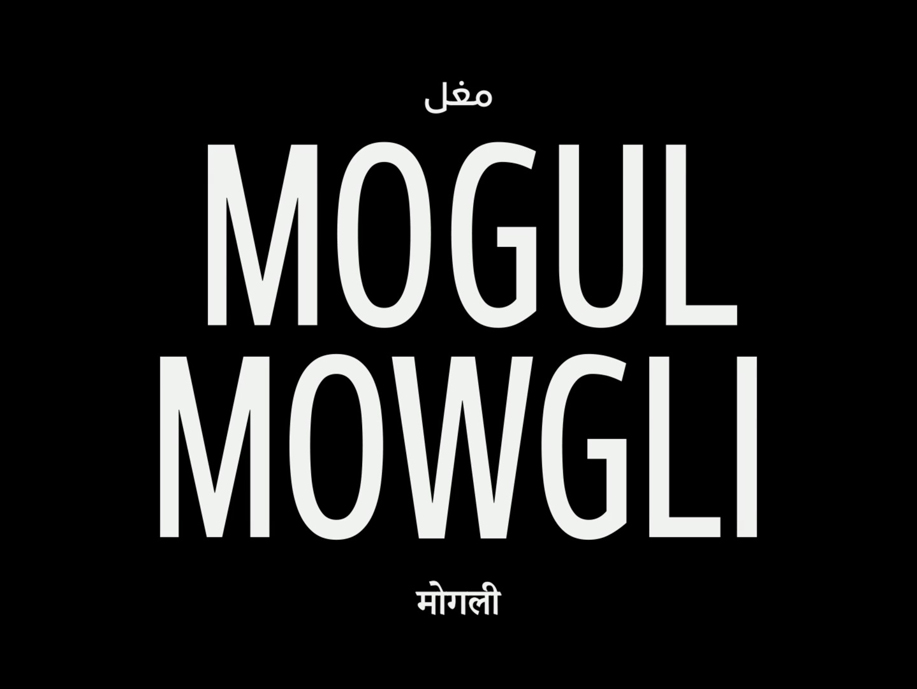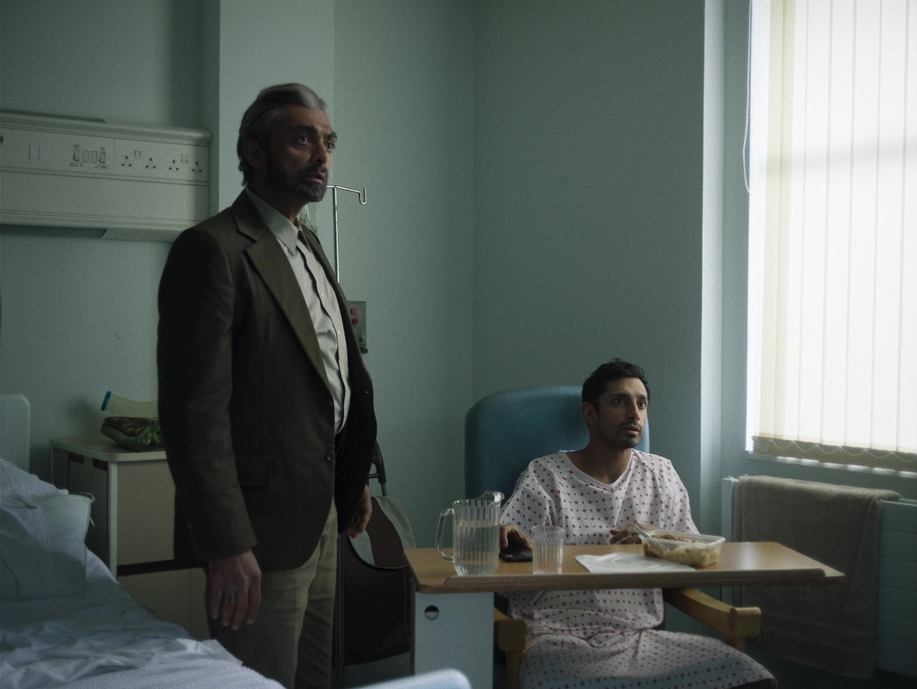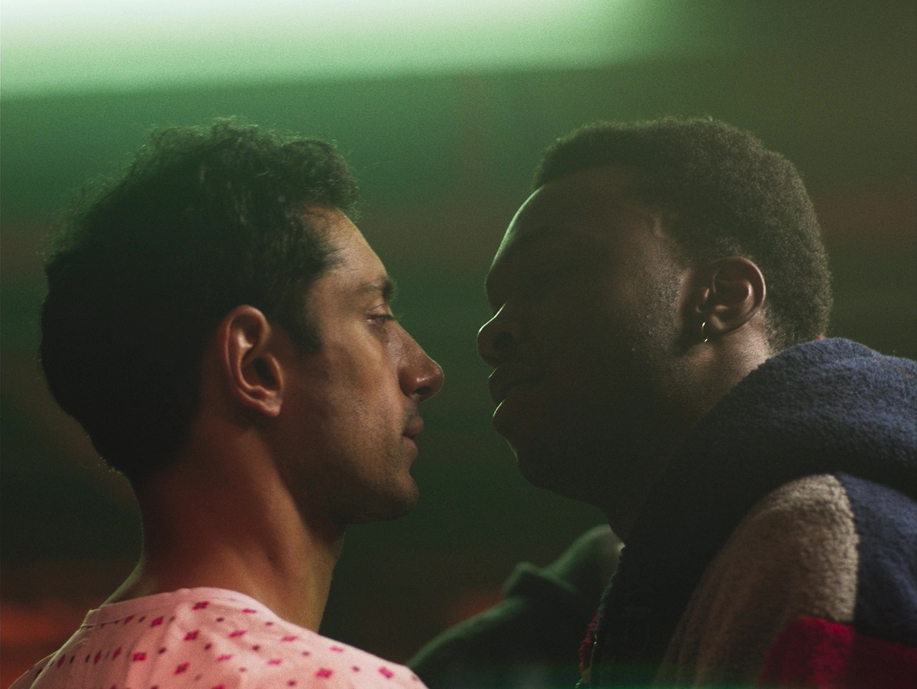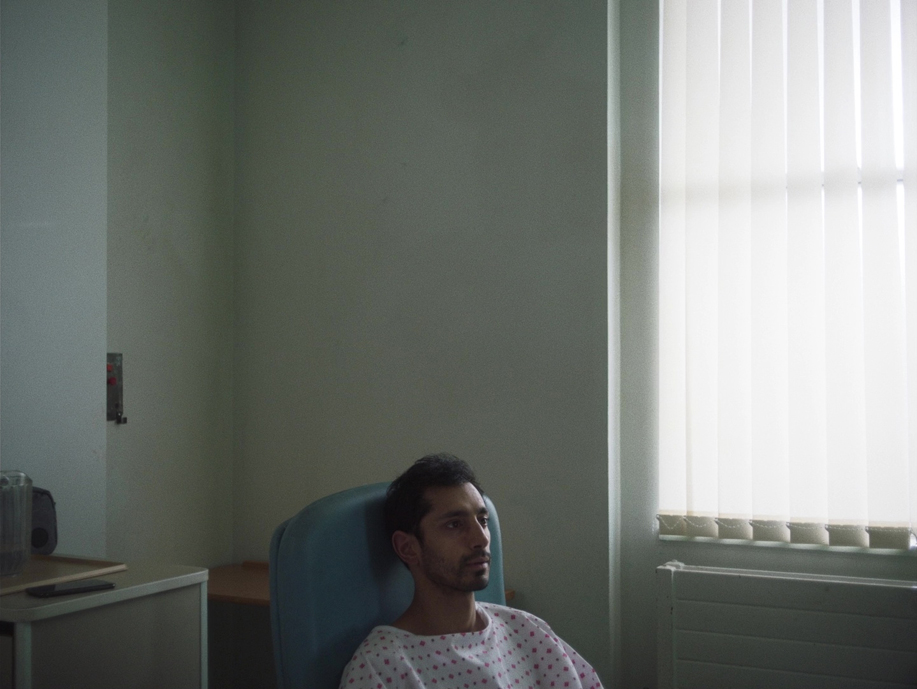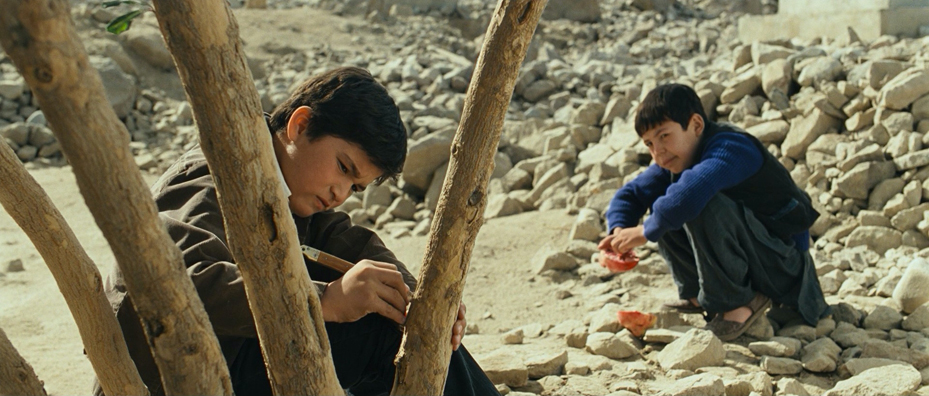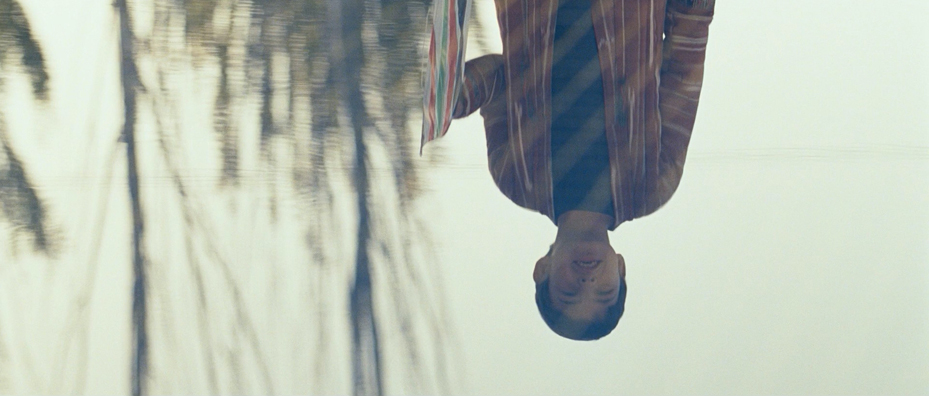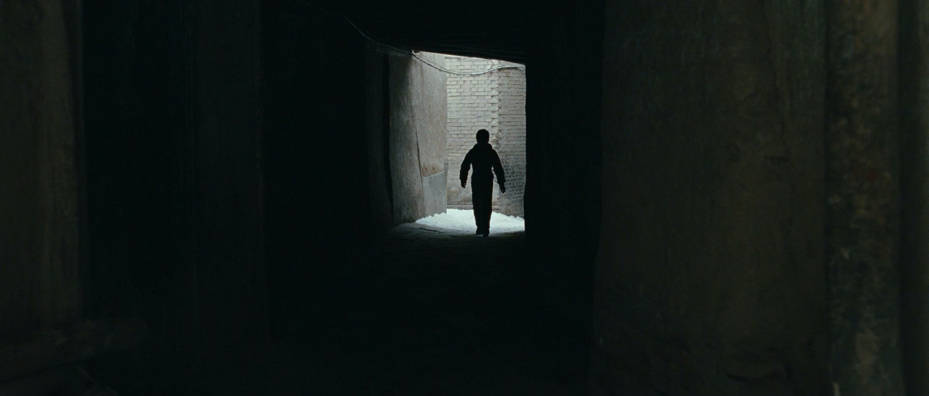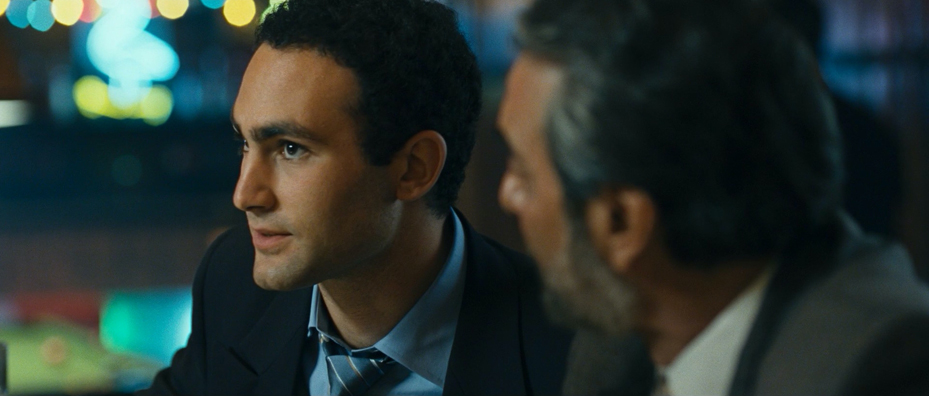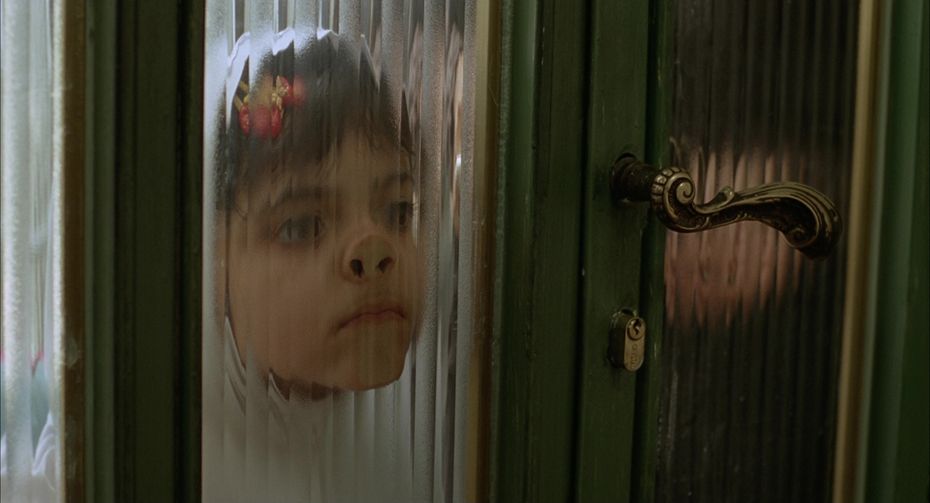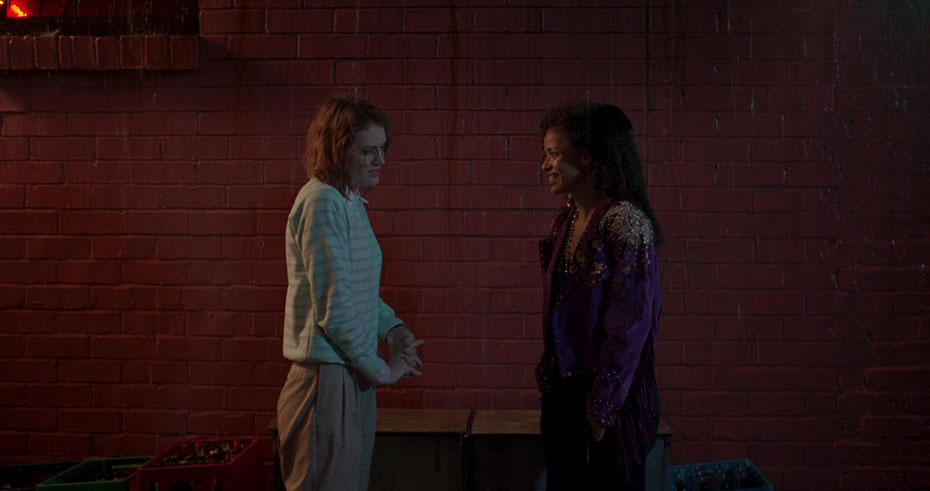THE TUESDAY DROP: 4000+ Movie & TV Show Screenshots
4.26.22 Get your Decks ready ShotDeck Team! We’re adding a lot of content this week, including frames from Spider-Man: No Way Home, four films focusing on Muslim stories, and some of the most requested Black Mirror episodes. Check them out below, and remember you can always request films for future drops by clicking here!
SPIDER-MAN: NO WAY HOME (2021)
SPIDER-MAN: NO WAY HOME is a 2021 superhero film based on the Marvel Comics character Spider-Man. It is the third film in the Spider-Man series consisting of the Homecoming and Far From Home films, and the 27th in the Marvel Cinematic Universe. The film was directed by Jon Watts, who helmed both previous Spider-Man films, and stars Tom Holland, Zendaya, Benedict Cumberbatch, Jacob Batalon, Jamie Foxx, Willem Dafoe, Alfred Molina, Andrew Garfield and Tobey Maguire. The film follows Spider-Man / Peter Parker as he asks Dr. Strange to cast a spell that will make his identity secret again, which inadvertently breaks open the multiverse and allows visitors from alternate realities to enter this universe. Watts worked on No Way Home with American production designer Darren Gilford, who was best known at the time for his work on films such as Star Wars: Episode VII – The Force Awakens and Kingsman: The Golden Circle.
Gilford’s work on No Way Home involved very close collaboration between himself, Watts and cinematographer Mauro Fiore. Watts and Fiore in particular worked in pre-production to build and develop sets that worked as optimally for lighting as possible, as well as for visual effects later down the line. Gilford and his team built Dr. Strange’s Sanctum Sanctorum set (which is located in the story on Bleecker Street in downtown Manhattan) from scratch at Trilith Studios in Atlanta. Part of the design incorporated a roof that could be completely flown out so that Fiore and his team could top-light the set. Gilford’s team also recreated a significant piece of the New York freeway on which Doc Ock and Spider-Man have their first battle. While Gilford and Fiore were considering using LED walls with plate shots already on the screen instead of green screens as part of their sets, they ultimately opted for green screen given the amount of day exterior scenes they were filming – LED walls could provide a nice soft light for scenes, but not the harshness of daylight needed for those scenes.
FREE GUY (2021)
Shawn Levy’s 2021 action comedy FREE GUY stars Ryan Reynolds as Guy, a bank teller who discovers he is a background player in an open-world video game, and decides to find evidence that a gaming company’s CEO stole the source code. The film also stars Jodie Comer, Lil Rey Howery, Utkarsh Ambudkar and Taika Waititi. Free Guy takes place in space between digital creations and real-world experiences, and visual effects naturally played a crucial role in the storytelling of the film. Levy worked with visual effects supervisor Swen Gillberg on the project. Gillberg was best known at the time for his work on films such as Furious 7, as well as Avengers: Infinity War and Endgame.
Gillberg and Levy began their collaboration by playing as many video games as they could in order to get a grip on the look and feel they wanted Free Guy to have visually. Grand Theft Auto and Fortnite were particular inspirations for the heightened feel they wanted the movie to have. Gillberg had Reynolds sit through many digital scans in order to be able to recreate his character as “Dude” – Guy’s heightened version – in VFX for the gameplay shots of the film. Gillberg applied Reynolds’s likeness and movement to the on-set performance of bodybuilder Aaron Reed. Reynolds and Reed would often play both parts opposite each other for lighting and shot continuity, with the two takes being used together as reference for the VFX that was later applied. Over eleven VFX houses worked together to build the VFX shots for the film, with over 1300 shots in the film incorporating VFX, including seeing 12 city blocks of Boston being virtually recreated for the movie.
MONTY PYTHON AND THE HOLY GRAIL is a 1975 comedy directed by Terry Gilliam and Terry Jones (in their feature directorial debuts), inspired by and parodying the Arthurian legend, and written and performed by the Monty Python comedy group consisting of Graham Chapman, John Cleese, Eric Idle, and Michael Palin. Monty Python and the Holy Grail was one of the highest grossing British films of 1975, and is now considered to be one of the greatest comedy films ever made, and has influenced comedians across the world. Gilliam and Jones worked on the film with British cinematographer Terry Bedford.
Bedford’s work on Monty Python and the Holy Grail with Gilliam and Jones paved the way for a number of innovations in the genre, both from Monty Python’s desire for the film to parody the form itself, not just the legend the story was based on, as well as from the compromises the filmmaking team had to make due to budgetary constraints (the film was shot for around $400,000 US). The film has become famous for its collage-style, subversive visual language that includes animated sequences, a 25 minute opening before the title, using a 12-foot cutout of a castle so that it seemed in the distance, and using the crew and their children for the army at the end of the film, with uncostumed people placed at the back of the frame. In the end, Monty Python and the Holy Grail became a movie about filmmaking as much as a parody of the Arthurian legend.
THE SOUVENIR (2019)
Joanna Hogg’s 2019 semi-autobiographical drama, THE SOUVENIR, stars Honor Swinton Byrne as Julie, a film school student who gets involved in an intense relationship with a charismatic but untrustworthy older man (played by Tom Burke). The Souvenir premiered at the Sundance Film Festival, and was followed up in 2021 by its sequel, The Souvenir Part II. Hogg’s collaboration on The Souvenir with British cinematographer David Raedeker began somewhat unconventionally, given that Hogg’s script for The Souvenir was only about 30 pages long, serving more as a poetic short story for the film with general descriptions of scenes (no dialogue had been written) than a conventional screenplay. Hogg and Raedeker talked about capturing the mood of the story with the camera and the lighting, and they planned to take this approach onto set and capture the improvisational and collaborative approach that Hogg and the actors took to developing scenes on the day.
The film was shot over 5 weeks in a former RAF hangar, where the interior sets of Julies’ apartment and the film school were built. Raedeker was influenced by Fragonard’s painting of The Swing at The Wallace Collection in London, as well as polaroid pictures Hogg took when she was in film school to build the visual language of the film. He and Hogg both wanted to keep the costuming and production design subtle – indicating that this was a period piece without calling too much attention to this aspect of the story. The pair also decided to shoot the movie in a variety of formats, opening with 16mm film scenes that introduces the audience to Julie and the story, before moving to the Alexa Mini in its Super 16 setting, and then in its native 35 setting for the scenes in Venice, to give this portion of the film a dream-like quality.
THE KING OF STATEN ISLAND (2020)
THE KING OF STATEN ISLAND is a 2020 comedy-drama co-written and directed by Judd Apatow, co-written by and starring Pete Davidson as Scott, a young man living in Staten Island who must get his life together after his mother (Marisa Tomei) starts dating a new man (Bill Burr), who is a firefighter, just like Scott’s late father. The film is a semi-biographical take on Davidson’s life, whose father was a New York City firefighter who died in service during the September 11 terrorist attack. Apatow worked on The King of Staten Island with American cinematographer Robert Elswitt, whose credits at the time included There Will Be Blood, Inherent Vice and Michael Clayton.
Apatow and Elswitt decided early on to shoot The King of Staten Island on 35mm film. Apatow did not want the movie to feel like a traditional Hollywood comedy, and pushed Elswit to give the movie a docu-drama feel, with lots of hand-held camera work and strong lighting sources. While the pair considered shooting anamorphic, Elswit ultimately opted to shoot with spherical Panavision Super Speed lenses from the 1970s in a widescreen format. This approach gave Elswit more wiggle room with depth of field than he would have with anamorphic lenses, which allowed for the actors to improvise more with their blocking and performances on set. Despite Apatow’s preference for working with a loose, improvisatory style, he was not interested in shooting hours of footage digitally, and used the restrictions of having to shoot on film to ensure that the best moments on set were found efficiently by the cast and crew.
Jim Jarmusch’ eighth feature film, the 1999 crime drama GHOST DOG: THE WAY OF THE SAMURAI, stars Forest Whitaker as the title character, a mafia hitman who follows the ancient code of the samurai. The film is inspired by Jean-Pierre Melville’s 1967 film Le Samourai and Seijun Suzuki’s film Branded to Kill (also 1967), and opened at the 1999 Cannes Film Festival. Jarmusch worked on the film with Dutch cinematographer Robby Müller. Müller was well-known for his work with directors such as Peter Bogdanovich and Wim Wenders (Paris, Texas) but he and Jarmusch were close collaborators by this stage as well.
By this stage of their collaboration, Jarmusch and Müller had strongly established their minimalist visual aesthetic, opting to shoot their films with as much natural light as possible, and with efficiency in shooting style. Both Jarmusch and Müller wanted Ghost Dog to have a gritty, hard-edged look and feel, being honest to the characters and locations the film was set in, in spite of the influences of French gangster films and samurai folklore and cinema from Japan. The pair also wanted the shooting style to help frame the emotional journey that Whitaker’s character goes on over the course of the film, often framing him in single shots to capture his solitude and isolation from the rest of the world.
MOGUL MOWGLI (2020)
MOGUL MOWGLI is a 2020 drama directed by Bassam Tariq and co-written by Tariq and star Riz Ahmed. Ahmed plays Zed, a British-Pakistani rapper who is diagnosed with a degenerative autoimmune disease just before he is set to go on a European tour. Mogul Mowgli premiered in the Panorama section of the Berlin International Film Festival in 2020. Tariq worked on the production design of the film with Italian production designer Francesca Massariol. This was the pair’s first collaboration (they are now working together on the reboot of Blade for Marvel).
Given how essential the collaboration of Tariq and Ahmed was to developing the script and production of Mogul Mowgli, Massariol’s first task in pre-production was to understand the experiences of Tariq and Ahmed’s communities in Britain. Basing her design work in the cultural space of Pakistani-British domestic life, Massariol then worked with Tariq to achieve the surrealist, dream-like visions that Zed has as his disease takes hold, while working within the relatively tight budget they had to shoot the film. Massariol designed the hospital space in particular to have a muted color palette that could be juxtaposed by the vibrancy of the marigold veil that is worn by the man in Zed’s visions, suggesting at an otherworldly presence without breaking the naturalistic tone of the world built in the film.
THE KITE RUNNER (2007)
Marc Forster’s seventh feature film THE KITE RUNNER is based on the 2003 novel of the same name by Khaled Hosseini. The film follows Amir, a well-off boy from Kabul who in his older years lives with the guilt of abandoning his less well-off friend Hassan. Forster worked on the film with American cinematographer and longtime collaborator Roberto Schaefer. The pair had previously worked together on Monster’s Ball and Stranger Than Fiction. Forster and Schaefer wanted The Kite Runner to feel like an intimate epic, and began their collaboration on the film by watching Sergio Leone’s Once Upon a Time in the West for inspiration. They settled on a widescreen, 2.40:1 look, with anamorphic lenses used for the wide exterior shots to increase the sense of scale, with spherical lenses used otherwise, given the tight spaces in which much of the film was shot.
The shoot took place in Kashgar, China’s westernmost major city, which is 60 miles from the border of Afghanistan and doubled for 1970’s Kabul. Given the distance gear had to travel, Schaefer spent a large portion of his 12 week prep ensuring that production would have everything they needed on location. 35mm dailies were flown from LA to Beijing to Urumqi to Kashgar, and Schaefer worked with colorist Bruce Goodman online in the meantime, digitally correcting stills to get a sense of what they were after in the final image. Only three stocks were used during the shoot – Kodak’s Vision2 100T 5212, 200T 5217 and 500T 5218, aiming to capture the bright interiors and sand-washed exteriors of 1970s Kabul as honestly as possible. In adapting the source material, Forster and Schaefer also had to find visual solutions to elements that didn’t always take up a lot of space in the book. One of the biggest changes they made was to film the Soviet invasion at night in order to minimize the explosions, extras and CG work they would need – but also to heighten the drama through the lack of lights in the space.
WADJDA (2012)
Haifaa al-Mansour’s feature directorial debut, WADJDA, follows a rebellious young Saudi girl (played by Waad Mohammed) who enters a Quran recitation competition at her school, hoping to win enough money to buy her own bicycle and beat her friend Abdullah in a race. Wadjda was both the first feature film to be entirely shot in Saudi Arabia, as well as the first feature film made by a Saudi writer-director. The film premiered at the 2012 Venice International Film Festival, before playing in the United States at the Telluride Film Festival later that year. Al-Mansour worked on Wadjda with German cinematographer Lutz Reitemeier.
Without a long heritage of Saudi films to draw on in preparation for shooting Wadjda, al-Mansour and Reitemeier looked for films that showed similar realities, and gravitated towards Jafar Panahi’s Iranian film Offside and Vittorio de Sica’s Italian film Bicycle Thieves as core inspirations for their approach to making Wadjda. Reitemeier shot Wadjda on the Arri Alexa, leveraging natural light wherever possible to give the film a sense of honesty to its location and characters. Shooting entirely on location in Riyadh, Al-Mansour and Reitemeier decided to take a patient, meditative approach to the film, often shooting in extended takes using wide angle lenses to give the audience space to both see the world that its central character occupied, as well as her emotions as she goes on her mission to get herself a bike.
A SEPARATION (2011)
Asghar Farhadi’s 2011 drama A SEPARATION stars Leila Hatami as Simin and Peyman Moaadi as Nader, a wife and husband whose individual and family lives begin to get more complicated when a court rejects Simin’s application for divorce from Nader. The film also stars Shahab Hosseini, Sareh Bayat and Sarina Farhadi. A Separation premiered at the Fajr International Film Festival in Tehran, and became the first Iranian film to ever win the Academy Award for Best International Feature. Farhadi worked on the film with legendary Iranian cinematographer Mahmoud Kalari, who was known for his collaborations with Iran’s other prominent filmmakers Abbas Kiarostami, Jafar Panahi and Mohsen Makhmalbaf.
Like Farhadi’s previous films, A Separation had a strong tonal throughline of heightened social realism that lay the groundwork for the visual language that Farhadi and Kalari settled on for the movie. Kalari shot the film on the Aaton 35-III camera with Zeiss Ultra Prime lenses and the Panavision Panaflex with Panavision spherical primes, using Fuji Eterna 500T and 400T 35mm film stock. Giving equal weight to both Simin and Nader, Kalari’s camerawork allows the audience to be placed as an observer to both sides’ grievances over the course of the film, emulating aspects of the emotional perspective of their daughter Termeh, whose decision in the film’s final shot is the centerpiece and climax of the movie. Kalari shot many of the film’s scenes through doorways and windows, or with objects out of focus in the foreground to give the audience a sense that they were observing this domestic drama, and worked with production designer Keyvan Moghaddam to create a muted palette for the film that he lit with natural sources and by extending natural light into Simin and Nader’s apartment.
BLACK MIRROR: SEASON 3 (2016)
BLACK MIRROR is a British science fiction anthology series created by Charlie Brooker. The show is inspired by The Twilight Zone, and uses each episode to explore a different aspect of technology and the side-effects it can have on humanity and human interactions, often setting its stories in the near future or slightly altered realities. Black Mirror began on Britain’s Channel 4, before moving to Netflix, and has run for five seasons between 2011 and 2019. Season 3 aired in 2016 and featured six episodes – Nosedive, Playtest, Shut Up and Dance, San Junipero, Men Against Fire and Hated in the Nation. The production design for Season 3 was helmed by British production designer Joel Collins, who had previously worked on London Has Fallen. Collins had also worked on Seasons 1 and 2 of the show.
Collins’s approach to the production design for Black Mirror mirrored Brooker’s goals for the show tonally – to look and feel like “the real world”, but embrace elements that take the audience slightly out of reality in order to visually point them towards the elements that are unusual or sinister about the technology being foregrounded in the episode. By embracing this “uncanny valley” aesthetic, Collins creates a unique visual relationship for the audience to have with the technology on display. The production design similarly often incorporated practical builds and location work with VFX elements in post-production. This included an AR game built with VFX for Playtest, and turning an old building in South Africa into a nightclub partly using practical builds but largely by augmenting elements in VFX for San Junipero.








